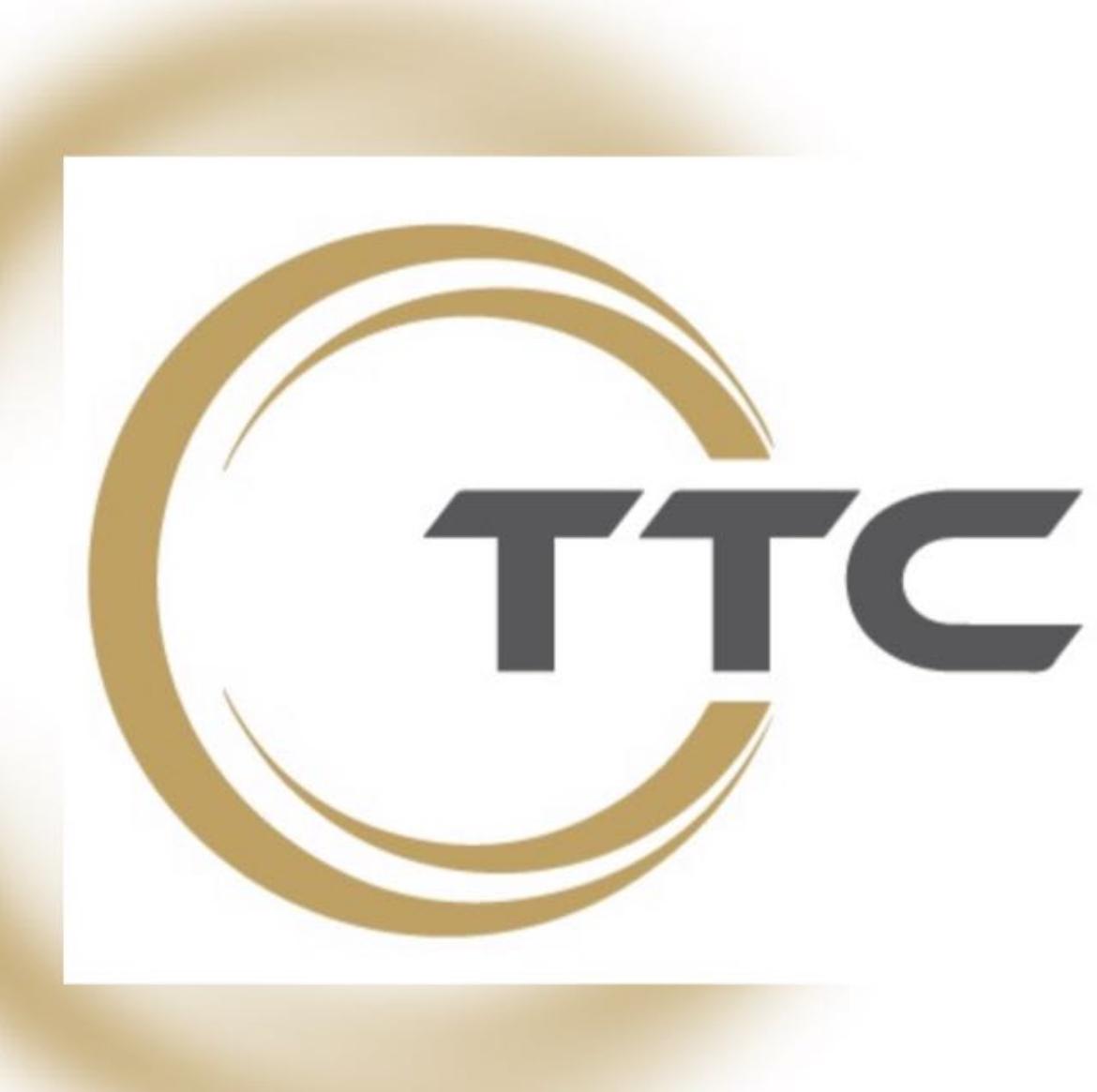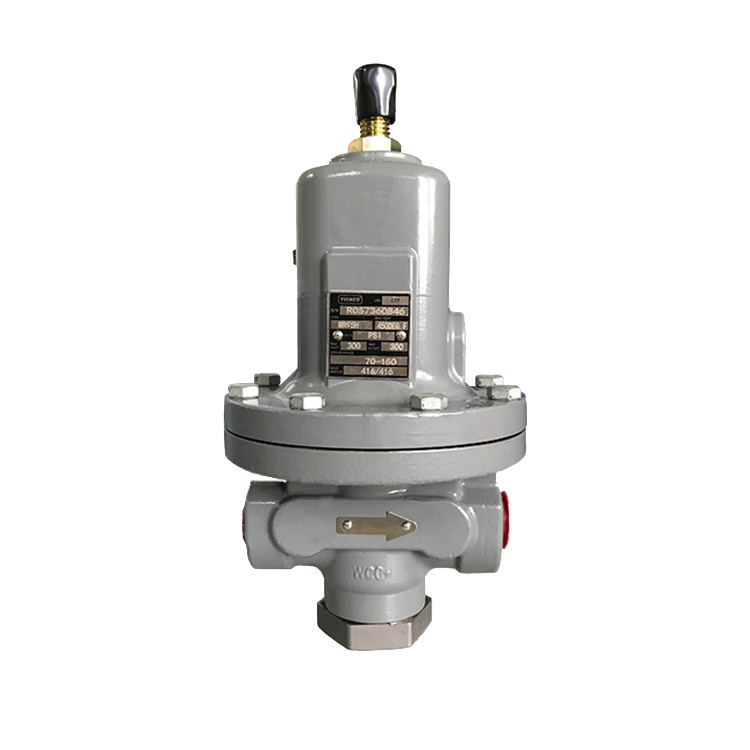Self-acting regulating valve, also known as self-acting control valve, is a regulating valve that relies on the pressure and temperature of the medium flowing through the valve itself as an energy source to drive the valve to work automatically, without the need for external power supply and secondary instrumentation. Direct-acting regulating valve, also known as spring-loaded regulating valve, has elastic elements within its structure: such as springs, bellows, bellows-type temperature package, etc., using the principle of elastic force and feedback signal balance. Indirect-acting regulating valve, the addition of a conductor (pilot valve) which plays a role in the amplification of the feedback signal and then through the actuator, drive the main valve flap movement to change the valve opening.

